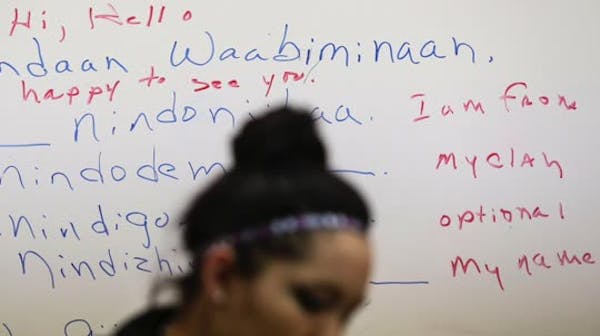Why does the federal government fund tribal schools?
Federal funding flows from land treaties signed by tribes and the U.S. government. The federal government assumed certain obligations, including education and health, as part of these agreements. "Beginning with the 1794 Treaty with the Oneida, over 150 treaties between tribes and the United States have included education provisions. For almost as long a time, Congress has legislated to provide for Indian education generally,'' according to the respected "Cohen's Handbook of Federal Indian Law."
Federal Bureau of Indian Education school funding is one modern iteration of these treaty responsibilities. In 2001, the Native American Education Improvement Act codified the federal government's "special responsibility" for Indian education.
The U.S. Constitution also explicitly recognizes the special status of treaties entered into by the U.S. government as the "supreme Law of the land." Those who dismiss treaty obligations as antiquated should review Article 6 for a reality check.
Why don't tribes pay for new schools with casino money?
Treaties don't have an escape clause releasing the U.S. government of its educational obligations because casinos have come on the scene. More directly, federal law directs government to fund BIE school construction, according to the Cohen handbook.
The idea that individual tribal casinos could fund the system is also off-base. Only 198 of 558 federally recognized tribes have gaming operations, according to the National Indian Gaming Association. The top 20 operations make up 56 percent of the revenue, generally because they're located near big metro areas. BIE schools tend to be located in remote areas, far away from the crowds needed to bring in big profits, and many schools are on reservations whose tribes do not operate casinos.

The little park that could … be better
Climate change looms large this election year
For this Minnesota legislator, action targeting child abuse is intensely personal


